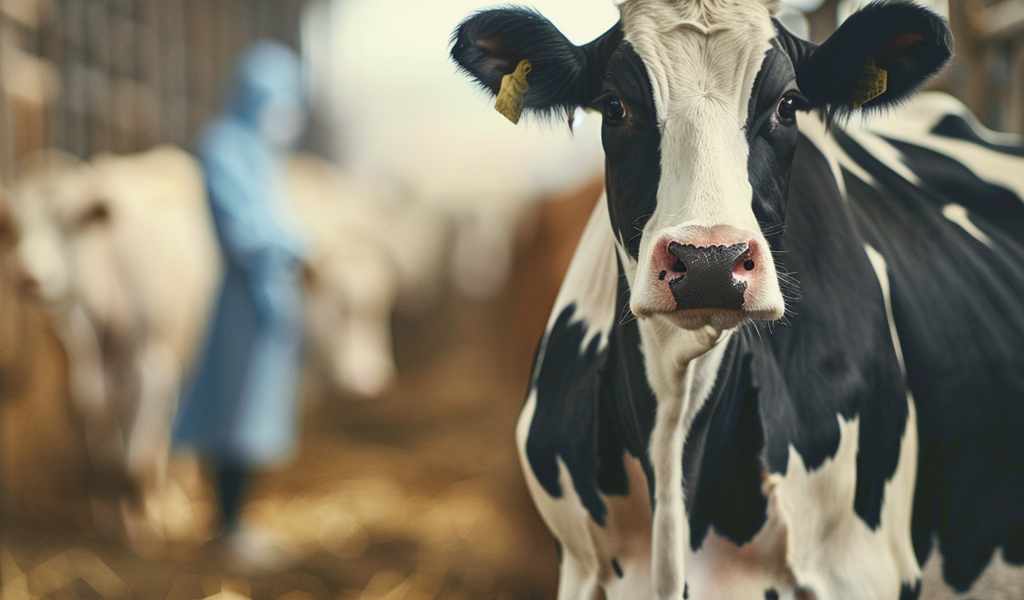Recent Study Highlights Risks of H5N1 Virus Transmission
In a groundbreaking study published on October 28, 2024, researchers have uncovered significant findings regarding the highly pathogenic avian influenza (HPAI) H5N1 virus, particularly in light of its recent outbreak among U.S. dairy cattle. The research, led by Dr. Yoshihiro Kawaoka from the University of Wisconsin-Madison, sheds light on the virus’s potential for airborne transmission and its lethal effects on mammals.
The current H5N1 outbreak in the United States began in early 2024, affecting dairy cattle across 15 states, with confirmed infections in hundreds of cattle. Alarmingly, over 40 human cases have also been reported, primarily among farm workers exhibiting mild respiratory symptoms or conjunctivitis, commonly known as “pink eye.” The Centers for Disease Control and Prevention (CDC) currently assesses the public’s risk as low, but the implications of this research suggest a need for vigilance.
The research team previously studied an H5N1 virus isolated from the milk of an infected cow. While that virus was capable of infecting mice and ferrets, it did not spread efficiently through the air. In contrast, the recent study focused on a strain of the virus obtained from an infected farm worker. This strain demonstrated a higher potential for airborne transmission, raising concerns about the virus’s behavior in human populations.
The study revealed that the H5N1 virus from the infected human could effectively infect and replicate in cultured human lung cells. Additionally, it showed the ability to infect human corneal cells, albeit less effectively than lung cells. The lethality of the virus was evident, as all infected mice and ferrets succumbed to the infection. This is consistent with the known virulence of H5N1 viruses. However, the previously studied cow-derived virus had a significantly lower mortality rate, killing only one in four infected ferrets and requiring a higher viral dose to be lethal in mice.
In a series of experiments, researchers placed uninfected ferrets in proximity to infected ferrets to evaluate the potential for airborne transmission. The results were concerning: between 16% and 33% of the uninfected ferrets contracted the virus from their infected neighbors. Tragically, five out of six of these newly infected ferrets died, indicating that the strain derived from human infection may transmit more efficiently than the cow strain, although overall transmission rates remain limited.
Notably, the human strain of the virus contained a specific mutation known to enhance replication in mammals. This mutation was absent in the HPAI H5N1 viruses derived from cattle, which instead exhibited a different mutation that affects viral behavior. These findings underscore the importance of continued monitoring and research into H5N1 viruses, particularly as they evolve and adapt to new hosts.
The implications of this research extend beyond the immediate outbreak, highlighting the need for ongoing surveillance of H5N1 in both animal and human populations. As the virus continues to pose a threat, understanding its transmission dynamics and potential for mutation is critical for public health preparedness and response strategies.
As the situation develops, health authorities and researchers will need to remain vigilant in tracking the spread of H5N1 and assessing risks to both animal and human health. The findings from this study serve as a reminder of the complex interplay between zoonotic diseases and public health, emphasizing the necessity for comprehensive approaches to disease monitoring, prevention, and control.





